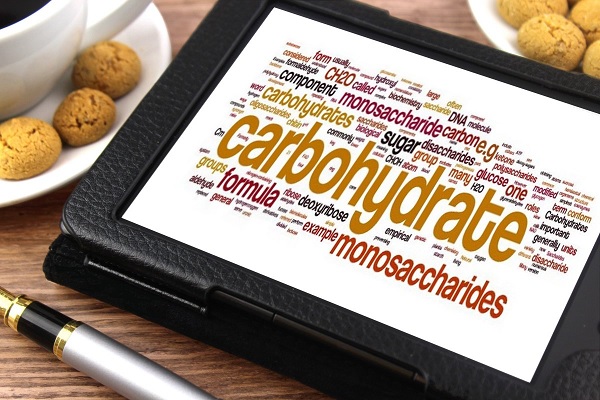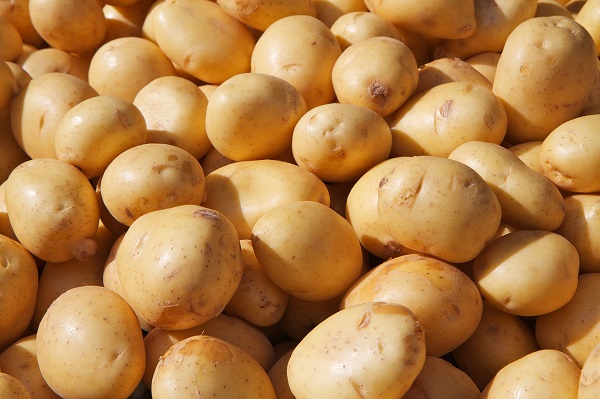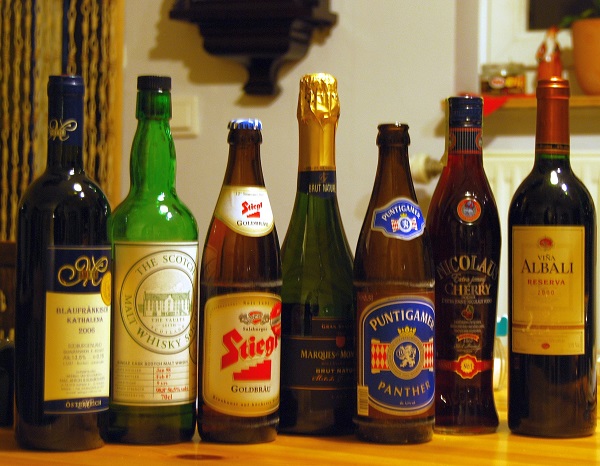
In connection with carbohydrates often appears the term “glycemic index” on. It is a measure for classifying carbohydrate-containing foods and their blood sugar-raising effect. Foods such as white flour or sugar have a high glycemic index and let the blood sugar levels rise quickly. This is only short-term performance because the blood sugar level drops as quickly again. Then you fall into a “deep”, and food cravings are more likely.
Full-grain and dairy products and some fruits, legumes, or vegetables have a long-term positive effect on blood sugar levels. Their glycemic index is lower than that of pure sugar and empty white flour products. When carbohydrates have a low glycemic index, blood sugar generally rises more slowly and falls more slowly. It remains longer efficient. Some diets, such as the GI program, rely on carbohydrates.
To what extent this finding, however, be used to measure a balanced diet or a diet may be questionable, according to experts. Because there are foods that have a low glycemic index and thus increase the blood sugar levels slowly, but allow this to fall again just as quickly. The composition of food affects the usability of the ingredients. In an interview with “Focus”, said nutrition expert Volker Schusdziarra: “As soon as you mix, such as protein, fat and carbohydrates, the system will be redundant.”
Therefore, you should rely mainly on the selection of carbohydrate-containing foods to natural foods and whole grain products: fruits, vegetables, rice, and pulses. The next contains good carbohydrates, fibre and more vitamins. So those who want to lose weight should, in principle, have fewer carbs.
This list should give you an idea of how many carbs are put in our food – always with respect to 100 grams of each food. Basis of carbohydrate-supplied values, especially those nutrient-table.
In bread and rolls
For most people, bread is a staple food they can do without difficulty. Bread and rolls are missing on the fewest breakfast tables. According to the Internet portal Nutritional Umschau, Germany is the European leader in terms of bread consumption: about 85 kilos of bread and biscuits, we polished off a year. For 84 per cent of all German bread and baked goods are the most important foods. With our European neighbours, per capita consumption is, on average, around 66 kilograms.
The selection of pastries is great, and we often eat too much of it, unfortunately, because cookies contain lots of carbohydrates and, therefore, calories.
On average, one hundred grams of white flour buns contain about 50 grams of carbohydrates. If one assumes that a person should be a maximum of about 70 kilograms of body weight to take around 350 to 400 grams of carbohydrates daily, then after two breakfast sandwiches would be used up about a quarter of that.
Wholemeal bread contains carbohydrates but not much less, but is nonetheless a valuable source of energy; stuck there in whole grains, significantly more vitamins, minerals and fibre. Depending on the processed grain saves only about five grams per 100 grams of whole grain bread in carbohydrates. One hundred grams of rye bread with sesame seeds, for example, 44.7 grams carbohydrates and 43.5 grams whole wheat buns; most consumers find, however, that whole grains do better fed.
When bread contains 100 grams of wheat bread, about 45 grams of production of different carbohydrates, and whole grain bread is also just a few grams less. According to the carbohydrate-table but, a corn bread-baking mix with 66.8 grams of carbohydrates per 100 grams is at the top.
In cakes, pies and pastries
Who would have guessed it: The Swiss roll will be the highest in carbohydrates and cakes. One hundred grams which provides 58.4 grams of carbohydrates. Hot on the jelly roll followed by a pie crust made of pastry, the same amount of carbohydrates with a specified content of 57.7 grams – no coating. A 100-gram piece of black forest cake is included; however, only 21.4 grams of carbohydrates.
Also, a cake is rich in carbohydrates. According to Table, 100 grams of sponge cakes contain about 50 grams. This is surprisingly about the same amount which is also contained in bread or rolls. Especially rich carbohydrates, according to the table of the bee sting ring from yeast (51.7 grams). Fruitcake is not without: 52.9 grams of carbohydrates provides the 100-gram piece. At the top is the honey cake, with 67.3 grams of carbohydrates. Cakes made from dough, however, are lightweight; Thüringer Fruit cakes made from dough that bring it to 20.9 grams and have a small puff carbohydrate content. A French apple pie takes only 27.8 grams on the scale.
Quite energetic in this category, meringue. It beats with lush 83.9 grams of carbohydrates impact. White gingerbread contains at least 78.7 grams of carbohydrates also proud. Other particles also have Printen gingerbread or about 60 grams of carbohydrate content. Those who do not want to bite on the sweet waffles (41.6 grams), macaroons (47 grams) or nut croissant dough (40.3 grams) attack – the beat is not too much on the hips.

In cereals and potatoes
Cereals and potatoes are carbohydrate-rich foods that offer a wealth of nutrients. Cereal grains, such as oats and whole wheat, provide complex carbohydrates, while potatoes are starchy vegetables packed with energy-giving carbs.
In legumes and nuts
Legumes, including beans, lentils, and chickpeas, are excellent sources of complex carbohydrates, fibre, and plant-based protein. Nuts also contain carbohydrates, albeit in smaller amounts, along with healthy fats and protein.
In pasta and pizza
Pasta and pizza are popular carbohydrate-rich foods. Pasta is typically made from wheat and offers a substantial amount of complex carbs, while pizza crust contains carbohydrates from flour and yeast.
In fish and meat
While fish and meat are not primarily carbohydrate sources, they may contain small amounts of glycogen, a form of carbohydrate stored in animal tissues. However, their main nutritional value lies in their protein content.
In vegetables, salad, and fruit
Vegetables, salad greens, and fruits contain varying amounts of carbohydrates. However, they are typically low in calories and high in fibre, vitamins, and minerals, making them nutritious additions to a well-balanced diet.

In alcoholic beverages
Alcoholic beverages, such as beer, wine, and spirits, contain carbohydrates derived from the ingredients used in their production. These carbs can contribute to the calorie content of the beverage, so moderation is key.
In non-alcoholic beverages
Many non-alcoholic beverages, including soft drinks, fruit juices, and energy drinks, contain added sugars or natural sugars from fruits. These sugars provide carbohydrates that contribute to the overall calorie count.
Carbs in candy
Candies are known for their high sugar content, which translates to a significant carbohydrate load. Whether in the form of hard candies, chocolates, or gummies, these sweet treats offer a quick source of simple sugars and energy.
Understanding the role of carbohydrates in different food groups allows us to make informed choices about our dietary intake. By incorporating a variety of carbohydrate sources, we can achieve a balanced diet that provides the energy and nutrients our bodies need to thrive.
Remember, when it comes to carbohydrates, moderation is key. Balancing our carbs and maybe leave a comment if you know anything about them.








